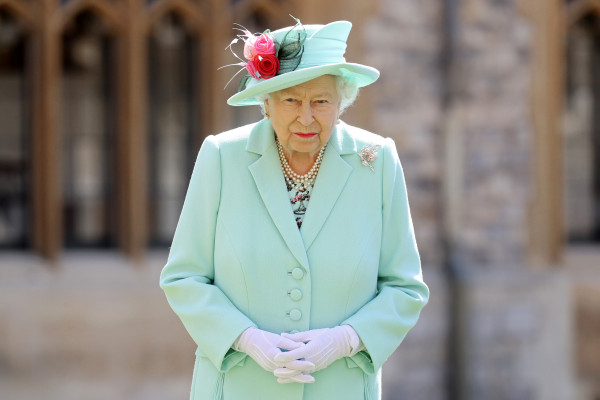Australia's Five-Dollar Bill to Feature Indigenous Design, Replacing Queen Elizabeth's Image

Australia's Reserve Bank announced on Monday that the image of Queen Elizabeth II will be removed from the nation's five-dollar bill. This bill was the sole piece of Australian paper currency still featuring the likeness of the late monarch. The decision marks a notable divergence from the United Kingdom's approach, where King Charles III, the queen's heir, is set to appear on British currency and banknotes.
However, in Australia's case, King Charles, 75, will not replace his mother on the five-dollar bill. Instead, the bill will feature a new design that pays homage to Indigenous communities. This change aligns with the country's broader effort to recognize and honor the "culture and history" of the First Australians.
The Reserve Bank's official statement, obtained by ABC News, confirmed that the reverse side of the five-dollar banknote will continue to feature the Australian Parliament. The decision to make this change arose from discussions within the center-left Labor Party government, even though the British monarchy remains the head of state in Australia.
Treasurer Jim Chalmers expressed his approval for the modification, stating, "The monarch will still be on the coins, but the $5 note will say more about our history and our heritage and our country, and I see that as a good thing." This sentiment underscores the government's intention to create a national symbol that reflects Australia's diverse heritage and acknowledges its Indigenous peoples.
To ensure the new design accurately represents Indigenous culture, the national bank plans to consult with Indigenous groups throughout the design process. These consultations aim to incorporate authentic elements and perspectives, fostering a sense of inclusion and respect. However, until the new design is finalized and put into circulation, the current five-dollar bill will remain in use.
The decision to remove Queen Elizabeth's image from the five-dollar bill has sparked varied reactions. Some Australians see it as a positive step towards acknowledging the nation's Indigenous heritage, while others view it as a move away from the country's historical ties to the British monarchy. The change comes at a time when discussions about Australia's national identity and its colonial past are increasingly prominent in public discourse.














